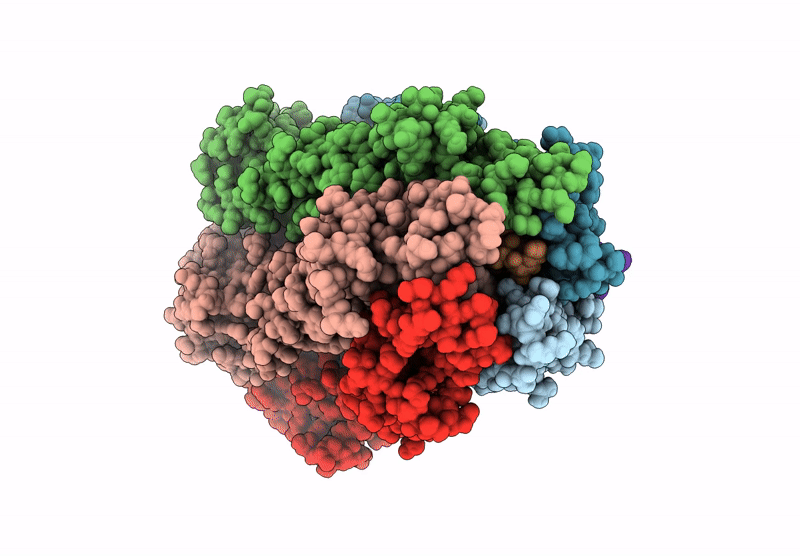
Deposition Date
2024-10-21
Release Date
2025-07-09
Last Version Date
2025-07-30
Entry Detail
PDB ID:
9K49
Keywords:
Title:
Cryo-EM structure of inner membrane TolQRA complex in CYMAL-6-Neopentyl Glycol detergent micelles
Biological Source:
Source Organism:
Escherichia coli K-12 (Taxon ID: 83333)
Host Organism:
Method Details:
Experimental Method:
Resolution:
3.60 Å
Aggregation State:
PARTICLE
Reconstruction Method:
SINGLE PARTICLE


